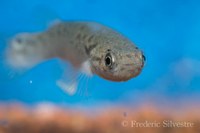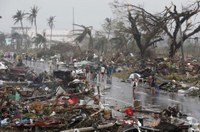Interactions of Humans & the Environment
 Pollution and Environmental Toxicology
Pollution and Environmental Toxicology
Multiple stressors (chemical, physical or pathogenic stress) and/or pollutants (pesticides, pharmaceuticals, microplastics, endocrine disruptors, neurotoxins, atmospheric residues) impact on individuals but also on ecosystems. Research at ILEE spans from single molecules (e.g., gas composition analysis) over organisms (responses of physiological, immune, nervous, or reproductive systems) to ecosystem functioning.
Specialised instruments for molecular spectroscopy are developed and provide technological innovations. Aquatic organisms (fish, crustaceans and amphibians) serve as bioindicators under natural or experimental conditions to study immune and organismic phenotype responses (assessed at the gene expression level). Conceptual studies resulting from mathematical models are combined with specific case studies based on experiments with plankton in microcosms.
 Environmental Impacts on Human Populations
Environmental Impacts on Human Populations
Droughts, land use, environmental and health risks all have an impact on the distribution and migration of human populations. Different vulnerability groups react differently to different hazards. Spatial scales and geographical settings (e.g., Burkina Faso, Senegal, Ecuador, Philippines) further influence population dynamics but also disease risks. It's crucial to comprehend and measure these dynamics for epidemic control, economic planning, and disaster response.
Our research focusses on the interaction between environment and migration at the household or individual level, as well as the interactions between the various agents (humans, vectors, animal hosts and the environment) responsible for the transmission of vector-borne and zoonotic diseases. At ILEE, we employ innovative methods (resilience indicators, game, focus groups, census, etc.) to capture the high complexity and integrated approaches to spatial issues in epidemiology.
Photo credits: Frédéric Silvestre & Erik de Castro/Reuters
 Institute of Life, Earth and Environment
Institute of Life, Earth and Environment
